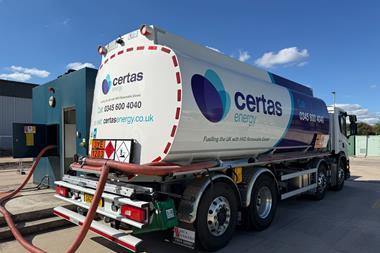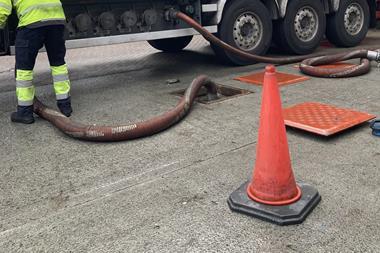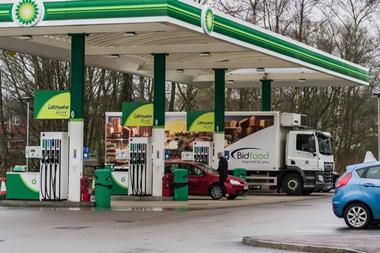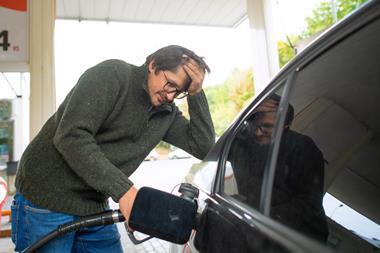Mark Griffiths, head of business development, Adler and Allan, supplier of environmental risk services, explains the maintenance impact of E10, and how the grade changes could affect your wider site operation.


The Government has confirmed that from September 21, E10 petrol will be introduced across all UK forecourts replacing the E5 petrol currently in use.
E10 biofuel, an eco-friendly combination of petrol and renewable ethanol, will give drivers a greener option at the petrol pump – and deliver a swift leap forward on the UK’s goal of reaching net zero emissions by 2050.
A mixture of petrol and ethanol, E10 biofuel is made from products including low-grade grains, sugars, and waste wood. Its green credentials come from the biofuel’s 10% renewable ethanol content – double that of the standard 5% (E5) blends presently sold throughout the UK.
E10 may not cause any initial problems, however, longer-term, sites may experience issues with tank lids and pipework, seals and gaskets, with potential failures on tank linings.
One thing is for certain however, a greater percentage of ethanol in the fuel equals a greater potential failure rate. Therefore, it is wise to ensure you have a robust maintenance contract in place with an experienced environmental partner who can advise on any changes required to your maintenance schedules.
The immediate requirement for changing will be straight forward with fuel uplifts and transfers across your site. You will also need to consider your pipework and vent stacks, vapour recovery, signage, and electrical re-programming of the gauges.
However, for the grade changes to be straightforward it depends on the configuration of your site. You may not have multiple petrol tanks on your site but still want to offer both E5 and E10 to satisfy client demand and cater for all UK vehicles. With the gradual phasing out of new diesel vehicles by 2025 and petrol by 2030, you may want to re-configure your diesel tank to petrol to ultimately phase diesel out.
Changing diesel tanks to E10 will have a significant impact if it isn’t reconfigured properly. Issues could include complete fuel and tank contamination issues, blocked filters, and the tank may require re-lining before accepting the new fuel.
Although the change from E5 to E10 doesn’t necessarily require any immediate updates on your site, it really does depend on your forecourt configuration and how you are using your infrastructure. You should work with an environmental partner that is well versed in the decarbonisation rhetoric to help you plan a strategy for your forecourt from E10 to EV and hydrogen, and beyond.

































No comments yet